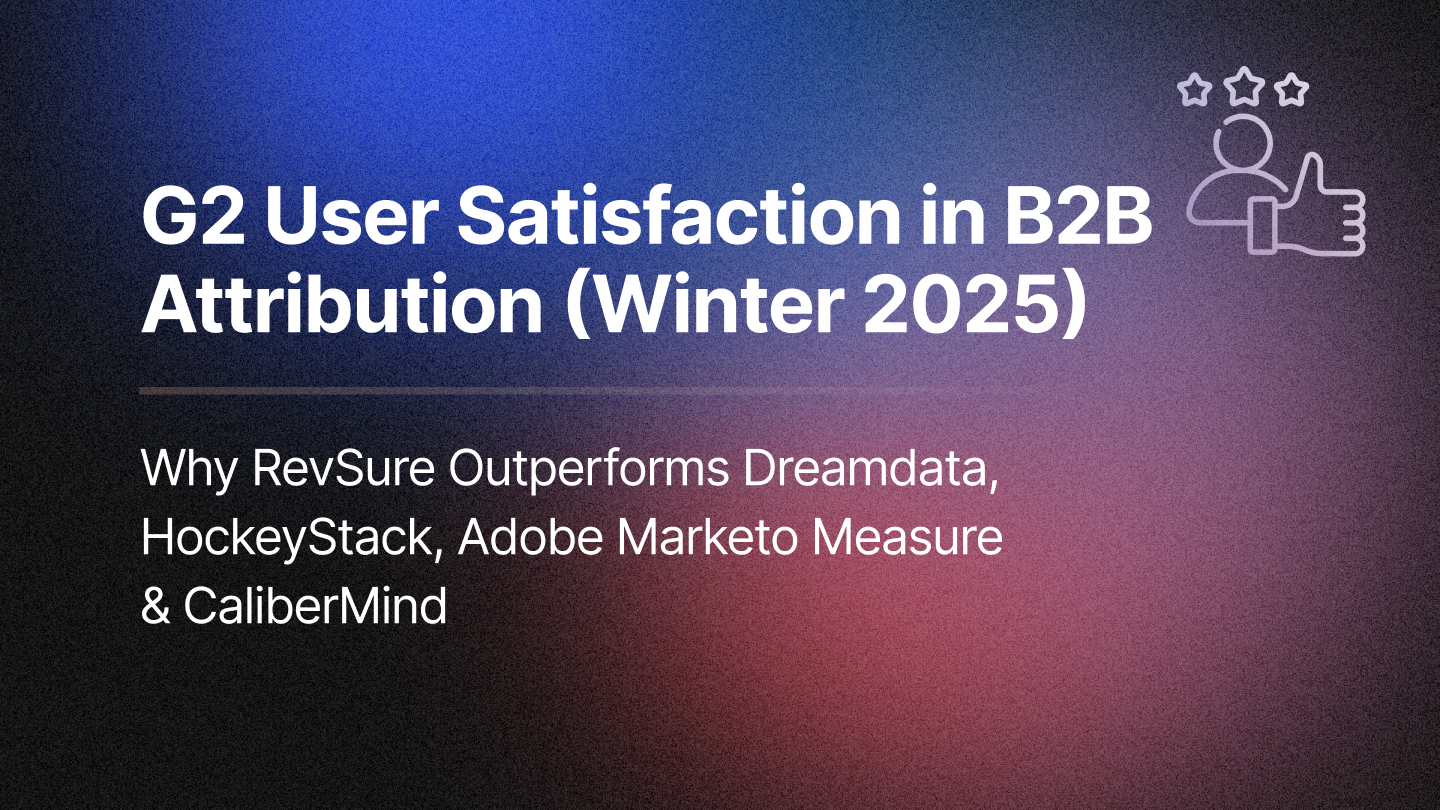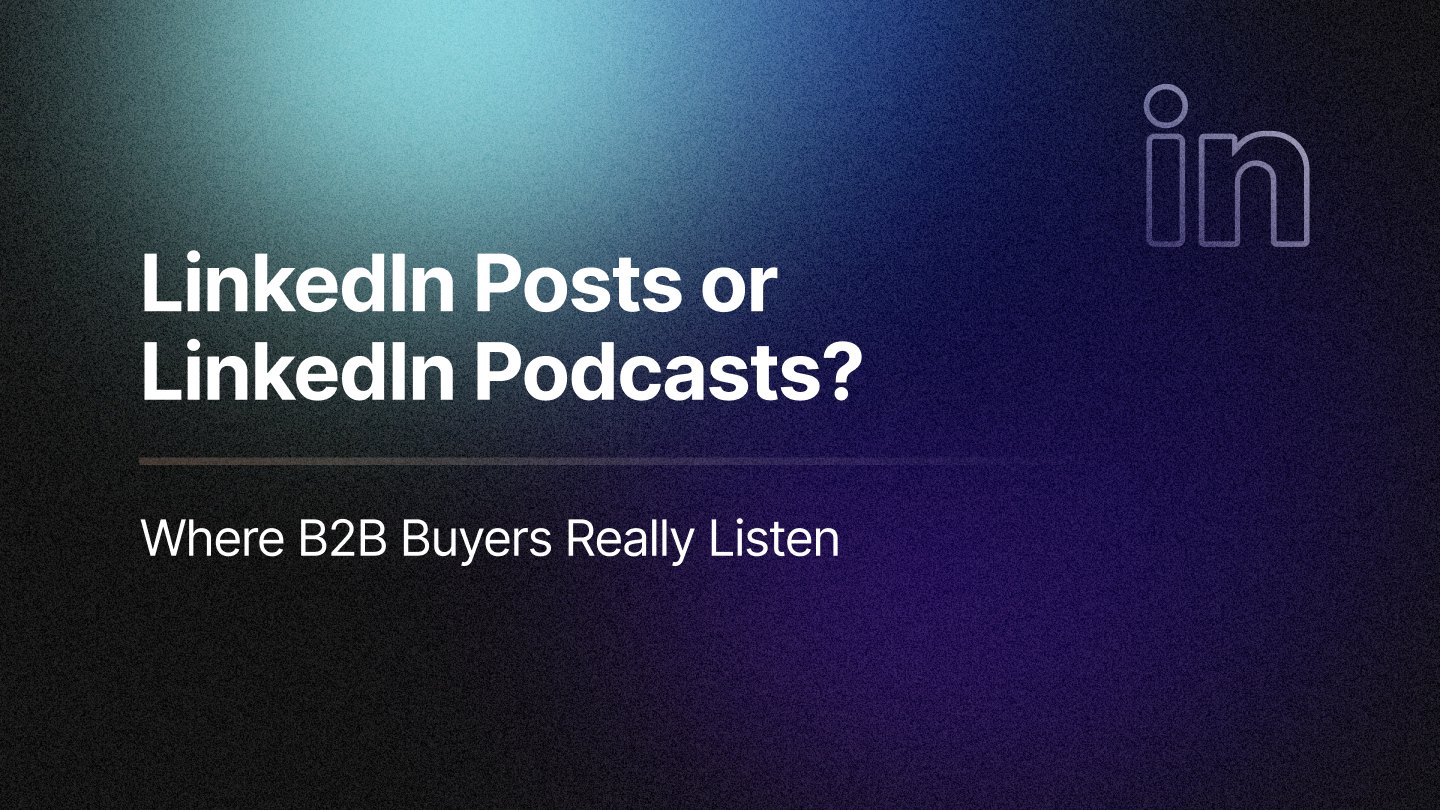If you’ve ever built a quarterly forecast with nothing but CRM data and a hope that the deals marked “Commit” actually close, this one’s for you. Salesforce and other CRMs are the operational heart of go-to-market teams. They manage contacts, track opportunities, and produce dashboards. But when it comes to forecasting pipeline with accuracy, most marketing and revenue leaders are still left guessing. Not because they lack data, but because they’re only seeing part of the story.
The reality? CRMs were built to log deals, not to predict them.
The Forecasting Problem No One Talks About
Let’s be honest—CRM-based forecasting is often a game of broken telephone. You’re relying on reps to update deal stages, on managers to apply judgment, and on dashboards that only reflect what’s already visible in the pipeline.
Meanwhile, the early-stage signals, the ones that actually tell you if the pipeline will materialize, are sitting in tools that don’t talk to your CRM: your MAP, website analytics, ABM platform, intent data, and ad channels.
By the time something hits the opportunity stage in Salesforce, you’ve already missed weeks (if not months) of insights that could’ve improved accuracy. And the data backs it up: 83% of B2B companies miss their sales forecasts by more than 5%. Nearly one in four miss by more than 10%.
So if you’ve been wondering why forecasts feel more like hope than confidence, you’re not alone.
CRM Shows You the “What.” But Not the “Why” or “What’s Next.”
CRMs provide a linear snapshot. They show you what deals exist and what reps believe will close. But they don’t tell you what happened before those deals appeared, or what’s coming next.
Marketing activity, buying signals, and channel effectiveness often sit outside the CRM. That disconnect makes it nearly impossible to build reliable forecasts from sales data alone. You’re seeing the outcome, not the buildup. You’re measuring the pipeline after it forms, not predicting it while it’s still in motion.
For marketing teams, that’s a huge challenge. When your campaigns and programs influence pipeline readiness, but your forecasting engine can’t see that activity, your impact goes unmeasured, and your strategy is underfunded.
What Modern Teams Are Doing Differently
Forward-thinking GTM teams aren’t throwing out Salesforce. They’re augmenting it with predictive intelligence, a layer that brings in full-funnel data, applies AI, and shows them what’s likely to happen before it’s too late to act.
At RevSure, we see this shift happening fast. Marketing and RevOps leaders are layering RevSure on top of their CRM to:
- See what’s brewing at the top of the funnel, before it becomes an opportunity.
- Understand which campaigns, channels, or sequences are actually influencing pipeline.
- Forecast pipeline based on data-backed signals, not manual probability stages.
- Identify stuck or at-risk deals early, so they can be revived or replaced.
This isn’t about replacing your CRM. It’s about making it smarter.
What Makes RevSure Different
RevSure connects your full GTM stack, from Salesforce and HubSpot to LinkedIn Ads, Google Analytics, and even web behavior tools. It ingests structured and unstructured data across platforms, unifies it, and models the full buyer journey in real time.
Using AI, RevSure then scores every lead, account, and opportunity with a pipeline propensity score. It does this by learning from your historical data—conversions, deal velocity, win rates—and applying predictive models to surface what’s likely to happen next. Not just which leads are “hot,” but which ones match the patterns of high-converting deals in your org.
%201.png)
Unlike traditional attribution tools, RevSure doesn’t stop at past influence. It helps answer:
- Which campaigns are likely to contribute to the pipeline in the next 30 days?
- Which territories are on track to miss targets based on current top-of-funnel signals?
- Which MQLs are actually sales-ready, and which are just noise?
And because it syncs bi-directionally with your CRM, it pushes this intelligence back into Salesforce, so your reps and marketers get smarter together, not separately.
Real-World Impact: What Teams Are Seeing
Companies using RevSure have reported:
- Reduction in missed forecasts: With AI-driven pipeline modeling, forecasts are no longer sandcastles built on subjective sales inputs.
- Faster QBR readiness: What once took weeks to compile across spreadsheets and siloed tools now takes hours, because data is centralized and accurate.
- Stronger campaign alignment: Marketing knows which campaigns are truly influencing pipeline, and can adjust budgets in near real time.
- Improved sales-marketing trust: With a shared view of pipeline momentum, there’s less finger-pointing and more collaborative action.
It’s a foundational change, not just in how forecasts are built, but in how teams plan, align, and grow.
Final Thought
Salesforce is essential. But if you’re still building forecasts solely from CRM snapshots, you’re flying blind. The most accurate forecasts in 2025 aren’t coming from CRMs alone. They’re coming from teams that connect marketing signals, sales activity, and AI into a single view of what’s really happening, and what’s about to happen next.
That’s the RevSure approach. And it’s changing how forecasts get done.
Want to see how it works? Request a demo to learn how RevSure makes your Salesforce forecasts smarter, faster, and more accurate by connecting your funnel, your signals, and your strategy.
Related Blogs







